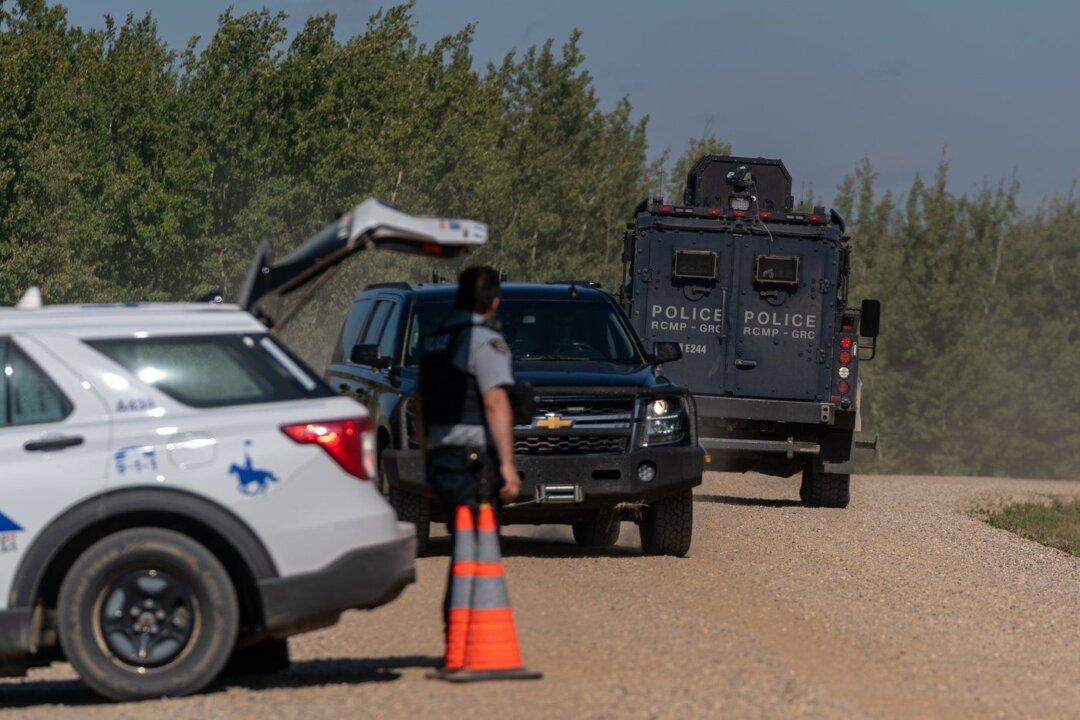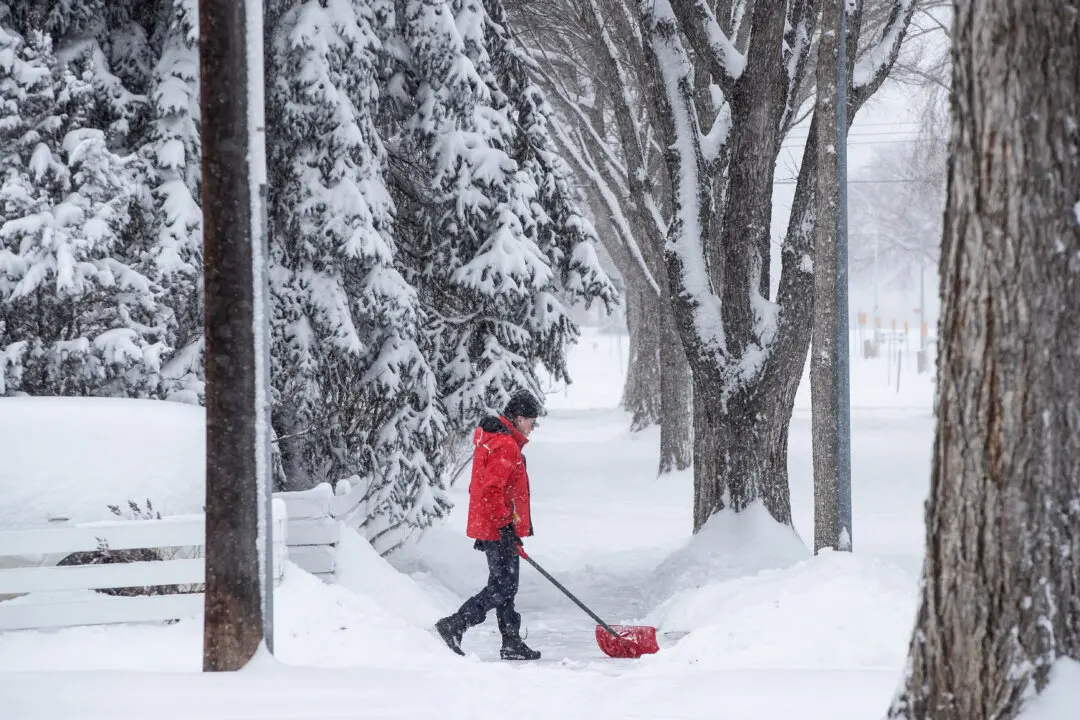An internal police review says Saskatchewan RCMP responded in an appropriate amount of time to a mass killing and manhunt in September 2022, and the first dispatch call “could not have been streamlined more than it already was.”
The report found no “underlying circumstances that significantly impeded” the police response to the scene, where one man terrorized the community, leaving nearly a dozen dead.





